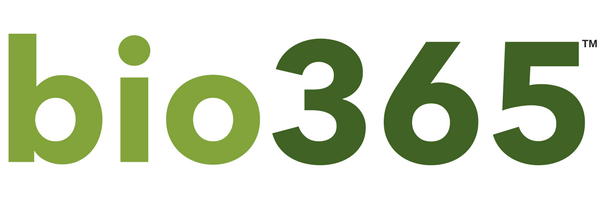The #1 Way to Reduce Hop Latent Viroid Risk
/One of the biggest vectors for Hop Latent Viroid (HLV) to spread in your grow facility – if not the biggest vector – is your containers. The reality of growing in pots is that it’s extremely difficult to get any containers 100% clean after you use them. Reusable containers add significant and unnecessary risk to your entire operation.
HLV lives in a plant and slowly reduces its yield and potency. It can be in your facility and you never know because it’s easy to mistakenly diagnose as a different problem. HLV creates a drag on your entire system because once you have it, it spreads and spreads.
The key to beating HLV is understanding how it can get into your facility and taking steps to vigilantly keep it out!
Common Causes of HLV Transmission in Cannabis Grow Facilities
A vector is anything that can pass an infection to another organism. HLV could pass to your plants from infected clones that you bring into your facility or a long list of mechanical vectors that spread the viroid by touch.
For example, if you use a watering wand that carries the HLV infection to water your plants, every plant that you touch with the wand will likely become infected. Even the greenhouse effect can contribute to the spread of HLV when condensation droplets fall from one plant to another.
Some examples of mechanical transmission in your grow facility include:
People
Animals
Tools
Equipment
Substrates
Inoculants
Amendments
Other consumables
HVAC and fans
Exterior environment
Disposed materials
Planting materials
Pots and containers
Condensation
How to Eliminate the #1 Vector of HLV to Reduce Your Risk
Of all the ways HLV can be transmitted by touch, the leading vector of HLV in cannabis grow facilities is your pots or containers that your plants grow in.
Sanitation is critical, but typical sanitation solutions won’t destroy HLV. Instead, you must use a solution that contains 10% bleach (e.g., 1 part bleach to 9 parts water).
However, sanitation is never perfect.
The best way to eliminate containers as a vector for HLV and reduce the risk to your plants and your entire business is to switch from containers to single-use grow bags. Despite what you might think, single-use grow bags can be very affordable, and bags manufactured with advanced engineering features can outperform other types of containers.
Of course, you need to be sure the growing media in the grow bags you buy is 100% clean. We can assure you that bio365 grow media meets all standards for clean, controlled environment agriculture.
When you switch from containers to bio365 grow bags, you’ll get more benefits than just eliminating the biggest HLV vector. You’ll also save money on container costs, labor, potting machines, and other equipment.
Importantly, you’ll likely discover that you don’t need to use as much soil when you switch to bio365 growing media (another cost savings). Our single-use grow bags come in multiple sizes and due to the way our bags and soil are engineered, most cultivators need less of our media to grow the same size or bigger, denser plants.
Learn more about grow bag benefits: How Grow Bags Deliver Labor and Cost Savings
Your Next Steps to Reduce HLV Risk
We wrote a guide that explains many hidden ways growers contaminate their facilities and how to fix them that is worth reading if you’re serious about keeping your operation clean and protected from HLV:
Read about contamination vectors here: 8 Hidden Ways You’re Contaminating Your Cannabis Grow (And How to Fix Them)
We also wrote a guide to preventing HLV from getting in your facility and spreading, which is filled with useful tips and recommendations:
Read prevention tips here: 3 Critical HLVd Preventative Practices Every Cannabis Grower Should Follow
Bottom-line, to reduce HLV risk, you need to sanitize properly and develop and follow preventative systems. It’s also important to screen for HLV regularly.
Take your first step and switch to bio365’s clean, single-use grow bags to eliminate the leading vector for mechanical transmission of HLV in cannabis grow facilities. Your plant quality and yield will improve too! Contact us to get started.

